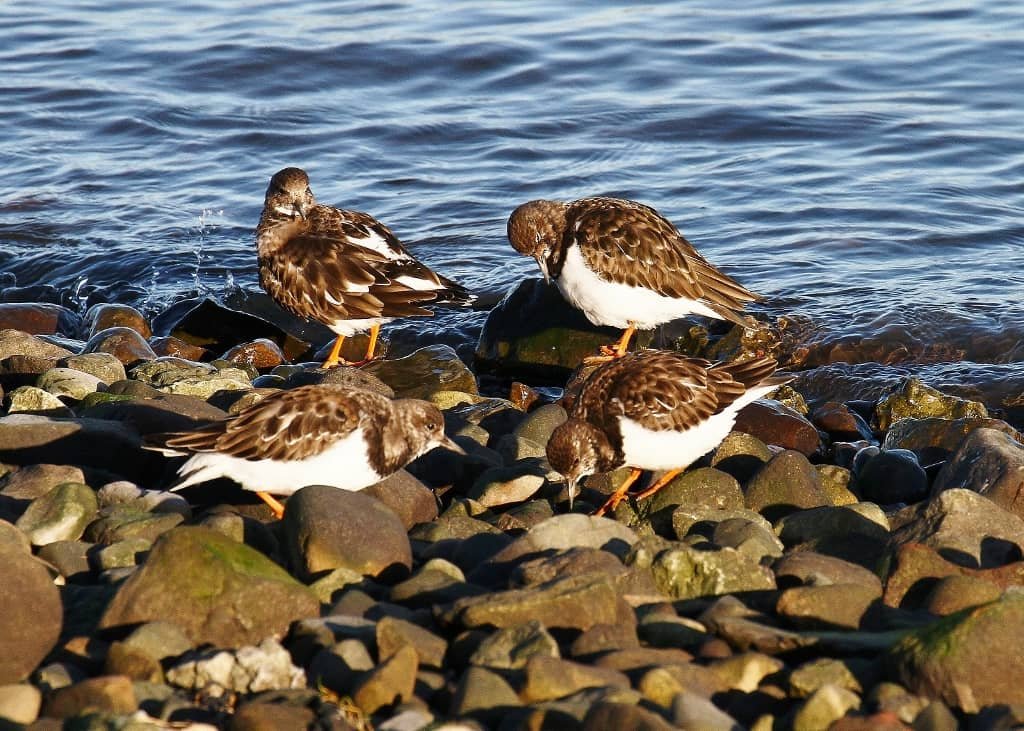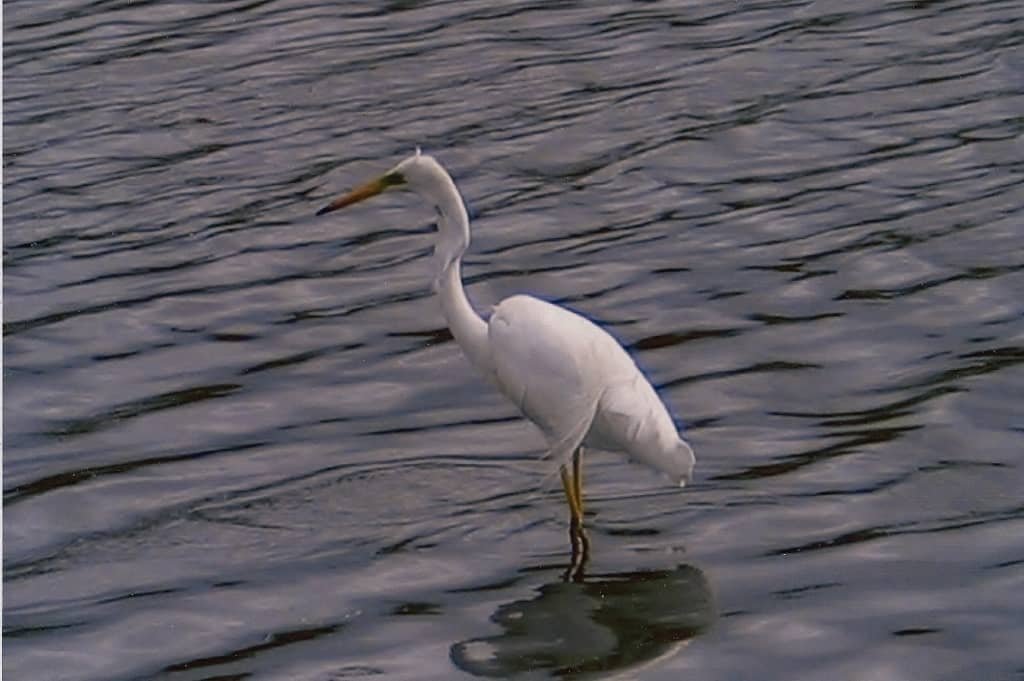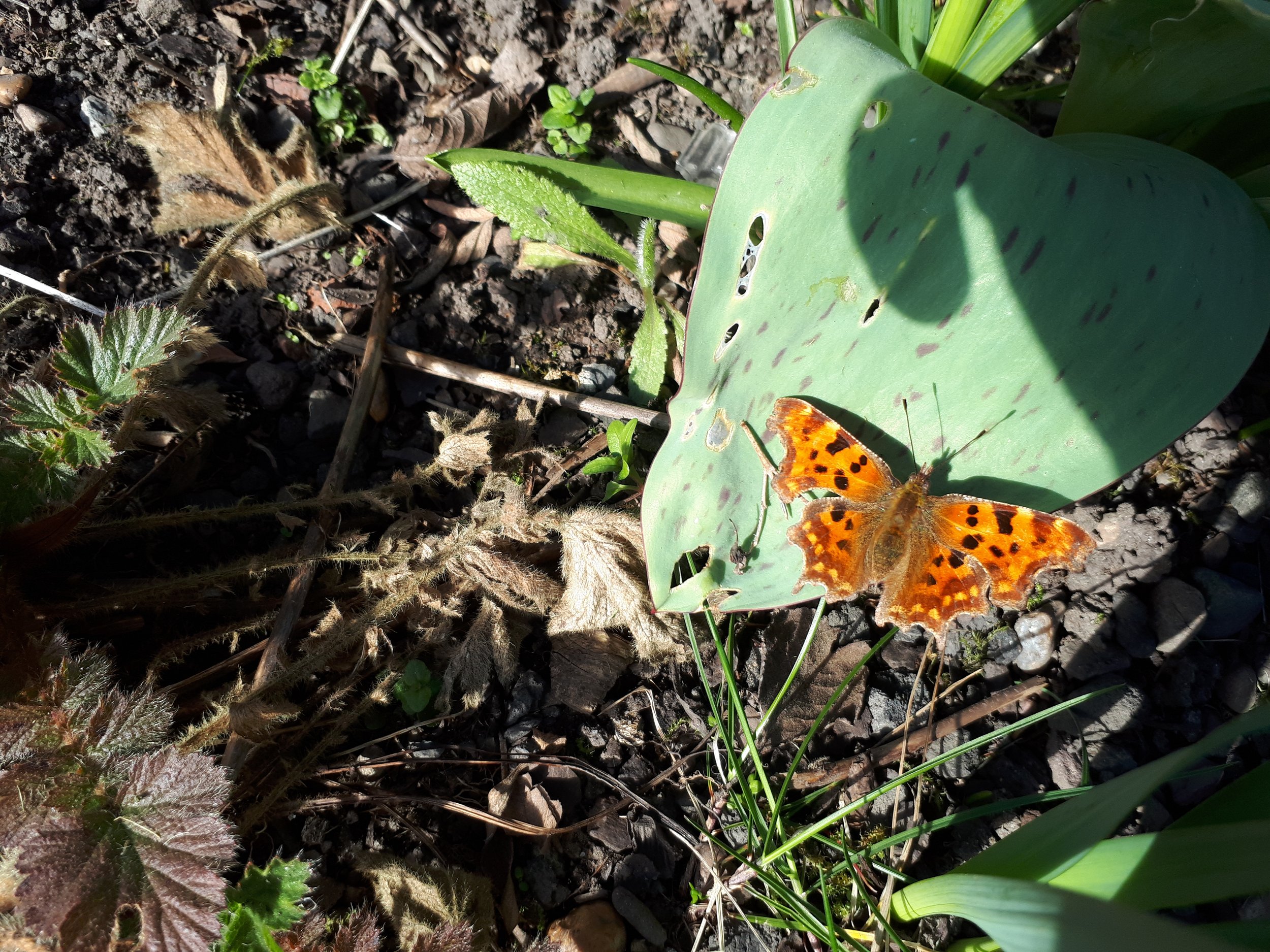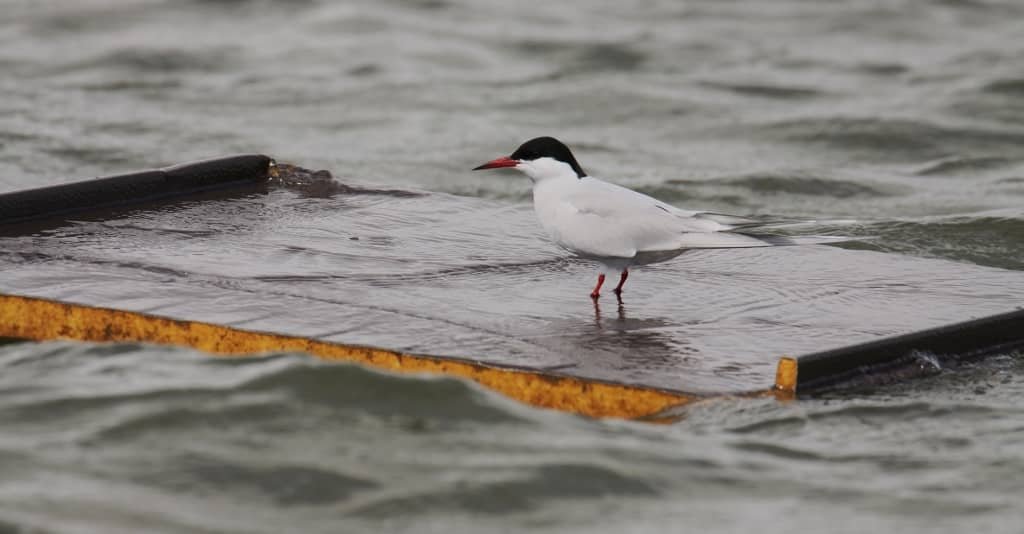Winter Visitors Departure
Lapwing: From the collection of Alan Smith
It has been another interesting winter observing the many seasonal species of waders and wildfowl to our estuary, the majority having now left our shores to journey far and wide to their breeding grounds.
Widgeon will journey to the Norwegian and Russian arctic, Black Tailed Godwit to Iceland, Knot to Arctic Canada and Greenland, Bar Tailed Godwit will travel to northern Scandinavia even as far as to Siberia; Turnstone to northern Europe, Greenland, and over to North-East Canada. Curlew will fly to the British uplands such as The Forrest of Bowland.
Turnstone: From the collection of Alan Smith
Lapwing, although like the Curlew mainly breeding in the uplands of the UK, a few will stay in our area in the fields and on the marshes.
One of our most common wader birds - the Redshank - will also mostly remain local and nest on marshy areas but some will move to the British uplands and Scotland while others will travel to Iceland. Pinkfoot Geese who fly over Sunderland Point in large skeins usually calling with that magical sound - who have numbered up to 30,000 in the Pilling area and the Fylde - will now be in Iceland with only a few yet to depart.
My best sighting this winter must be the Great White Egret which landed briefly on the Town Skear before departing northwards. It’s my first sighting here at Sunderland Point of this magnificent bird, it’s cousin the Little Egret could walk underneath the great White such is the size difference.
Great White Egret: From the collection of Alan Smith
Now is the time to welcome back our summer migrants, the majority of whom cross the Sahara on their way from Africa on their incredible return migration. The first to arrive is the Wheatear, you will find they frequent the West Shore marsh in good numbers feeding on insects before travelling further north to nest in dry stone walls and short grassland. You will also see them on the marsh when crossing the causeway.
Wheatear: From the collection of Alan Smith
Later, the Greenland Wheatear will pass through in much smaller numbers continuing its remarkable journey to Greenland on it’s none stop flight over open water of 30hrs. The Swallows and House Martins have started to arrive, the latter being seen recently investigating a nest site at The Moorings [number 3].
House Martin: From the collection of Alan Smith.
All the various warblers that will soon be in our hedgerows and reed beds enjoying the good weather ahead. Hopefully, the call of the Cuckoo, once guaranteed here at Sunderland Point, might be heard once again. An abundance of Butterfly’s to be enjoyed would be most welcome, we have seen a Comma in the garden very recently.
The Comma Butterfly: From the collection of Alan Smith
Finally, on the water keep a look out for the Common Tern, soon to arrive from West Africa, diving for sprat and whitebait to feed their young at a nest site probably at Glasson Dock, they are a recent return to this area having nested in large numbers during the 50s and 60s.
The Common Tern: From the collection of Alan Smith.






